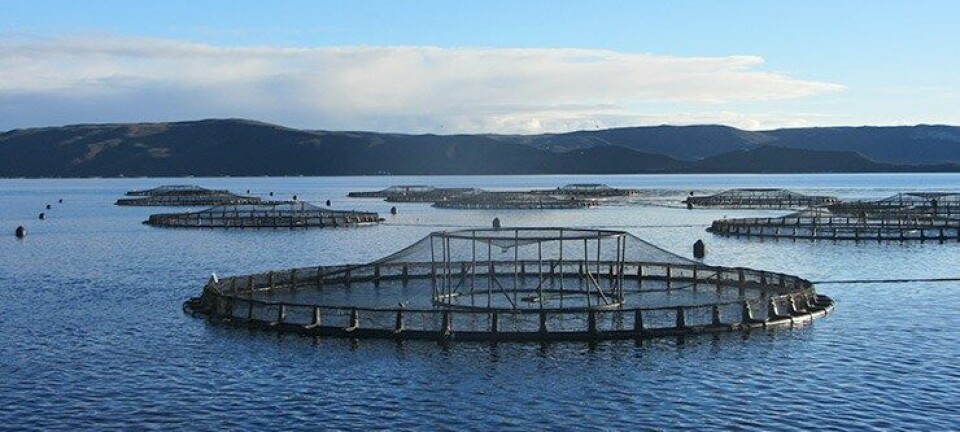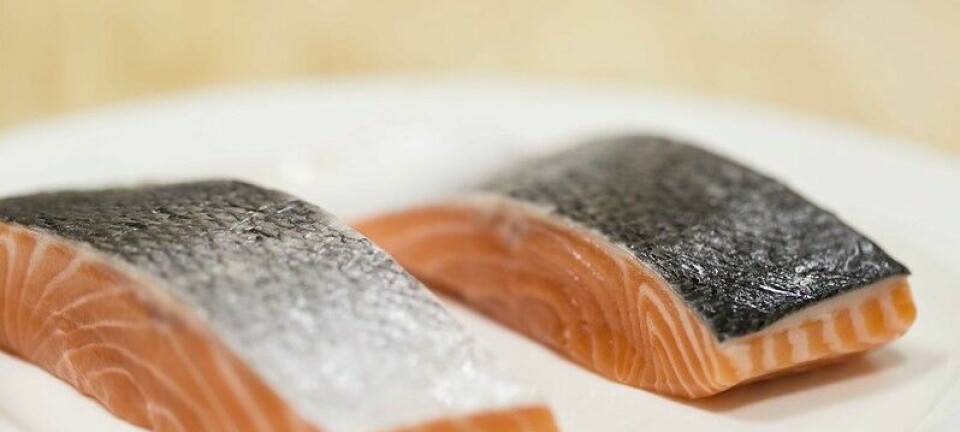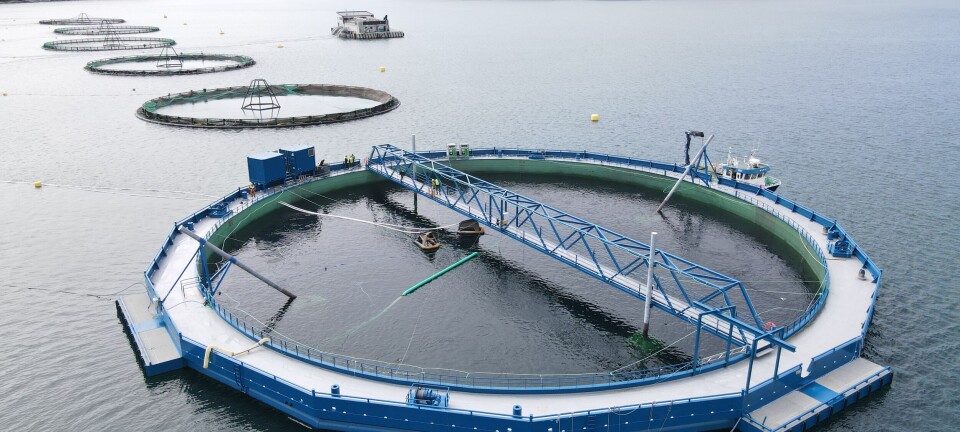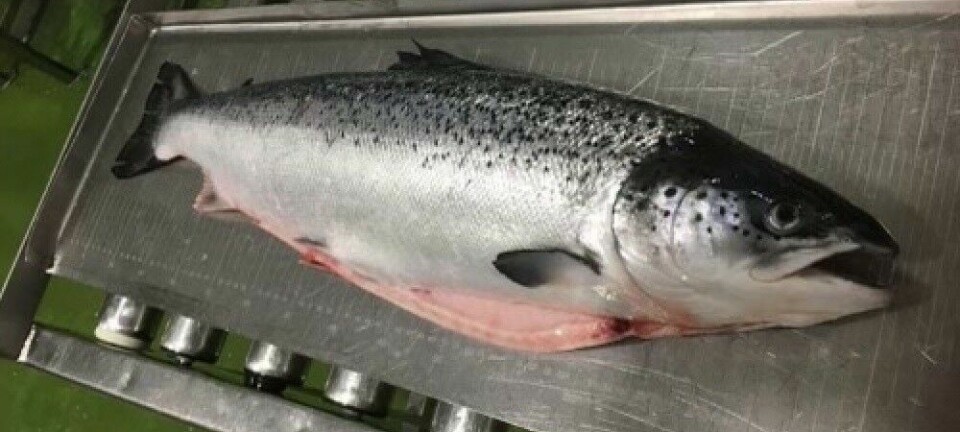You may eat more than two meals of fatty fish per week
By director of research Ingvild Eide Graff, head of research Amund Måge and principal scientist Anne-Katrine Lundebye Haldorsen, National Institute of Nutrition and Seafood Research, Norway
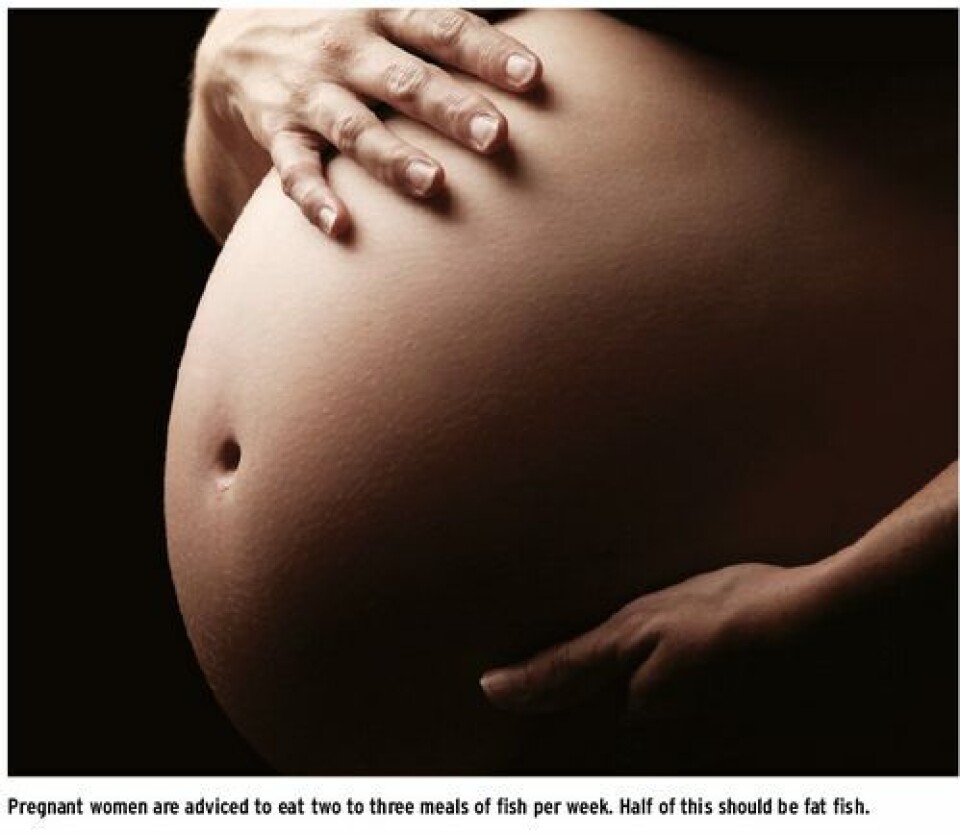
Norwegian health authorities recommend young- and pregnant women to eat two to three meals of fish per week, half of which should be fatty fish. The National Institute of Nutrition and Seafood Research (NIFES) agree with this recommendation. On Sunday the 16th of June the following statement was made by the Norwegian Directorate of Health:”We clarify that the weekly intake of fatty fish such as salmon should be limited to two meals.” This formulation is confusing to the public. The background for this debate is the following statement in the report: ”A comprehensive assessment of fish and other seafood in the Norwegian diet”: ”Those who eat more than two meals of fatty fish per week over a long period of time may moderately exceed the tolerable intake (TWI) for dioxins and dioxin-like PCBs but this would initially only represent a reduced safety margin. Fertile women are particularly vulnerable…” This report was published in Norwegian in 2006 by the Norwegian Scientific Committee for Food Safety (VKM) and in English in 2007. The background for restricting the consumption of fatty fish was the content of these pollutants in farmed salmon up until 2004. The data was used to calculate what a meal of salmon would contribute to the consumer’s exposure to dioxins and dioxin-like PCBs. The contribution of other foods and cod liver oil were also taken into account. At this time the sum of dioxins and dioxin-like PCBs was three times higher than at present. Hence the statement that those who eat more than two meals of fatty fish per week over a long period of time may moderately exceed the tolerable intake is obsolete. A review of the food consumption recommendations is timely. The level of sum dioxins and dioxin-like PCBs is about a third of what it was when the report was published mainly due to the increased inclusion of plant oil in salmon feed in recent years. Consequently it is no longer correct that two meals of salmon per week can moderately exceed the tolerable intake of these pollutants. Fatty fish in the Norwegian diet includes feral fish such as Norwegian Spring-spawning herring, North Sea herring and mackerel and these contain somewhat higher levels of dioxins and dioxin-like PCBs than farmed salmon. Consumption of herring or mackerel several times per week can moderately exceed the tolerable intake by eating somewhat less of these fish species compared with eating farmed salmon. To establish the exact number of weekly meals of fatty fish which can be consumed and remain under the tolerable intake requires a meticulous assessment.
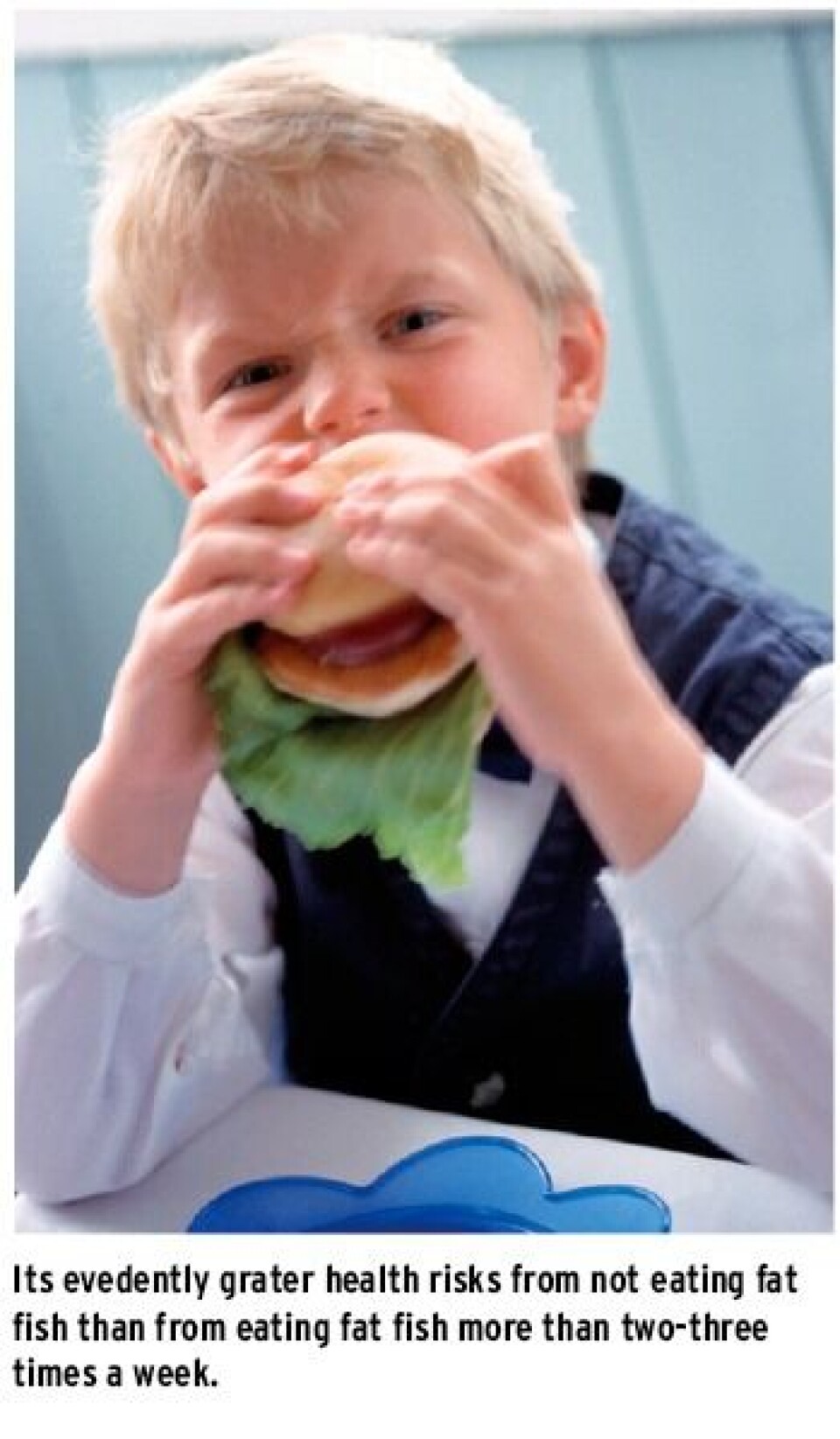
The VKM-rapport from 2007 continues:”…based on knowledge about young women’s consumption of fatty fish, there is little reason to believe that a general recommendation to increase fish consumption would result in fertile women consuming so much fatty fish that the intake of dioxins and dioxin-like PCBs over a long period would exceed the tolerable intake (TWI) and consequently constitute a health risk for the foetus.” Furthermore, despite the fact that Norwegian health authorities recommend women between 18 and 29 years of age to increase their seafood intake, consumption of fish and shellfish has declined somewhat in the last 15 years (NORKOST 1997 and NORKOST 2010-2011). The statement by the Directorate of Health to limit the consumption of fatty fish is particularly directed at young- and pregnant women. The most recent data on seafood consumption by women indicate that on average they eat less than 100 grams of fatty fish per week. Young women eat even less than that. Consequently the statement by the Directorate of Health may result in the section of the population that eats the least fish, and need it the most, further reducing their consumption of this food category. An increased consumption of seafood by pregnant women must be the goal in order to provide the foetus with important nutrients such as marine omega-3, vitamin D, iodine and selenium. Despite the higher levels of pollutants in farmed fish in 2004 compared to current levels, the VKM report already in 2006 highlighted that pregnant- and nursing women would have considerable health benefits from increasing their consumption of fatty fish ”(…) due to the probable beneficial effects on foetal development, including the development of brain function.” The most recent data which show considerably lower levels of pollutants in fatty fish should make Norwegian health authorities even more confident that pregnant woment should eat more fatty fish.














